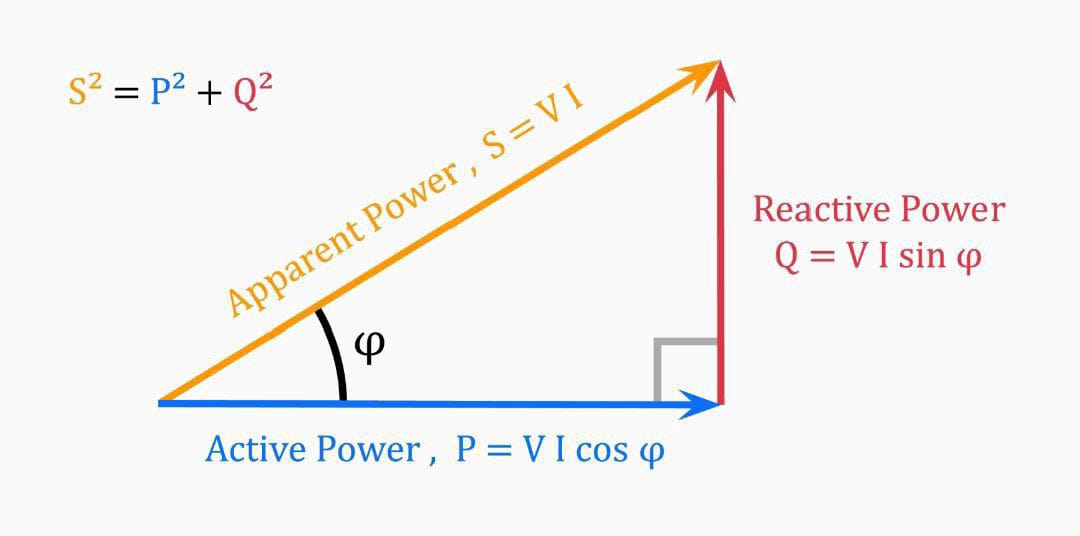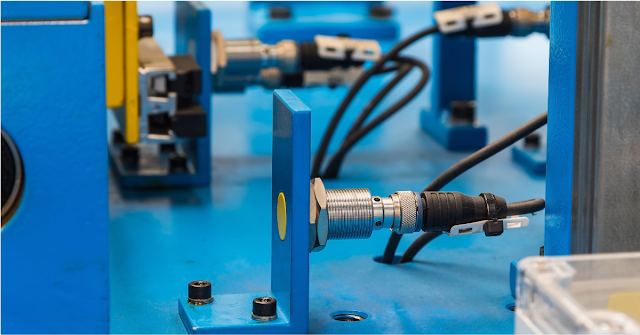Apparent Power, Real Power, and Reactive Power
Introduction
Electrical power isn't just a single measurement — it's divided into three important components: Real Power (kW), Reactive Power (kVAR), and Apparent Power (kVA). Understanding the differences is crucial for optimizing power systems, reducing energy costs, and improving efficiency in industrial and commercial applications.
What is Real Power (kW)?
Real Power is the actual power consumed by electrical devices to perform useful work, like lighting, heating, or running motors. It's measured in kilowatts (kW).
In simple terms, it's the energy you are billed for on your electricity bill.
What is Reactive Power (kVAR)?
Reactive Power is the power that oscillates between the source and load. It’s necessary for creating the magnetic fields in devices like motors and transformers but does not perform any useful work.
It’s measured in kilovolt-amperes reactive (kVAR).
What is Apparent Power (kVA)?
Apparent Power is the combination of Real Power and Reactive Power. It’s the total power that consumed by the load. Apparent Power is measured in kilovolt-amperes (kVA).
The Power Triangle
The relationship between these three types of power is often visualized using a power triangle:
This triangle helps engineers determine the Power Factor (PF), a measure of how effectively power is being used.
Why Does It Matter?
-
Improve Energy Efficiency: Reducing Reactive Power improves Power Factor, which can lower energy costs.
-
Design Better Systems: Proper balance of kW, kVAR, and kVA ensures reliable and efficient electrical system design.
Conclusion
Understanding the difference between Real, Reactive, and Apparent Power is fundamental for anyone working with electrical systems. Whether you’re optimizing an industrial plant or simply curious about your home energy consumption, knowing these basics can lead to smarter energy use and cost savings.








0 Comments